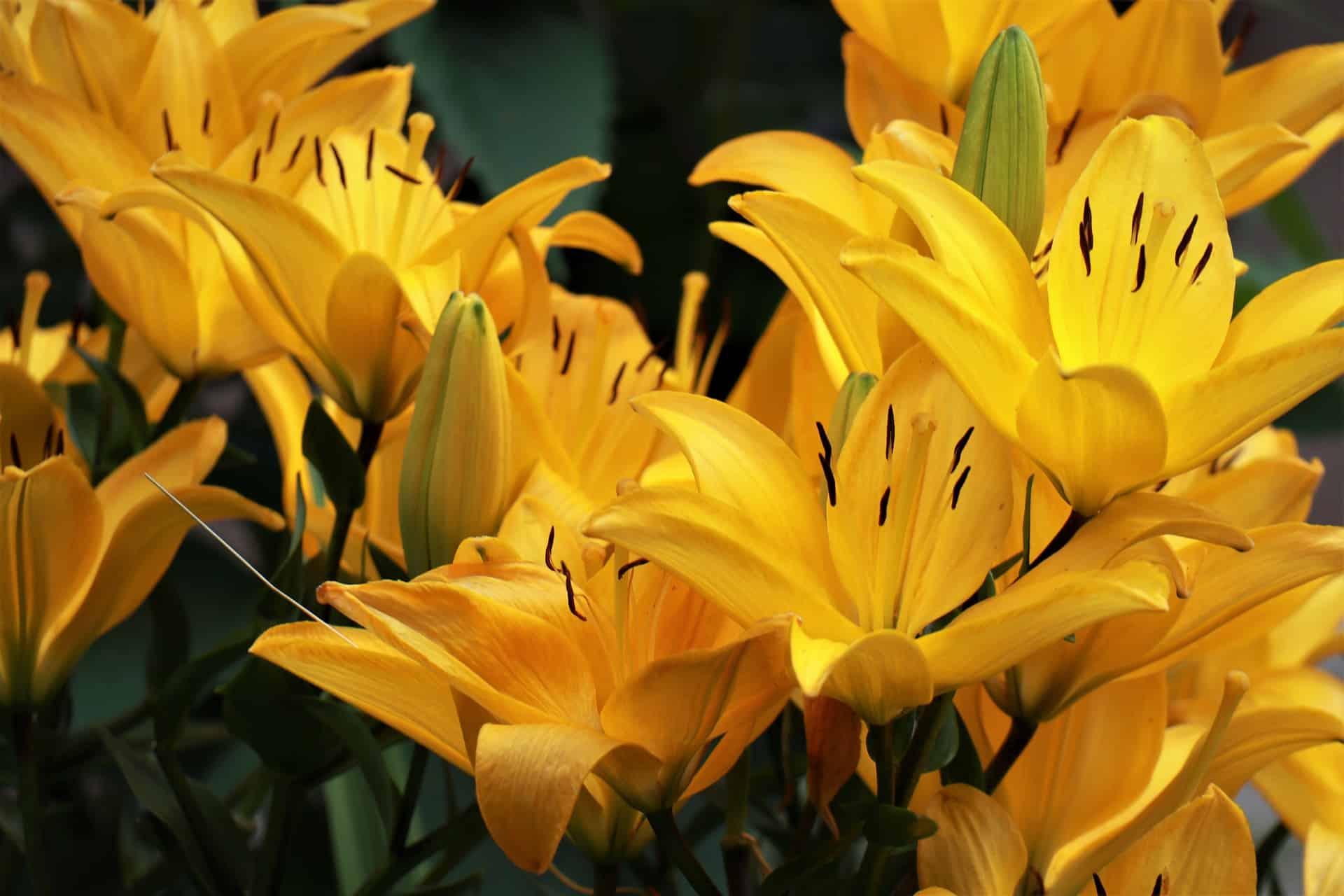Summer in the Midwest is a feast for the eyes. Nearly every week a new flower bursts to life in the yards of neighbors and in the gardens of city parks: first daffodils, then tulips, followed by lilacs and peonies, and the list goes on. Currently, the lilies and roses are emerging from their long winter’s nap; and on a recent walk with one of my kids, my attention was caught by the bright buds in a whole new way.
My daughter Thea is not quite two years old and though she already has enough grit and gumption to last a lifetime, her vocabulary is still limited to only about a dozen words. To intensify the matter, Thea is pretty stingy with the few words she can say. She’s the strong silent type, at least for now, so whenever she does speak, I tend to listen.
On this particular walk, Thea became enamored with a cluster of yellow lilies that had blossomed on the side of the residential street we were strolling along. I allowed her to pick one single flower, even though she was adamantly interested in harvesting many more.
Eventually it became clear that I would need to steer her away if the neighbors wanted to keep any of their lilies intact. So I shooed her on and she begrudgingly agreed. But as we began walking away, she turned back around to the flowers, held up her pudgy little hand in a wave, and yelled, “bye!”
Immediately, I was reminded of what I read in the book Braiding Sweetgrass by Native American author and botanist Robin Wall-Kimmerer. She suggested that we should refer to animals and plants as the living creatures they are, rather than as “things” or “its”. When she sees the markings of an animal on the ground, for instance, she says, “Someone was here” rather than “Something was here”. I’ve never heard anything more Franciscan in my life.
So when Thea said goodbye to the lilies, I realized she was living out a deeper spirituality than her mother. My toddler understood that living things should be treated as such; not used, perhaps admired, and then discarded, but treated with the same dignity with which we profess to treat humans. For that matter, considering how woefully short we fall at honoring the dignity of our fellow humans, perhaps honoring non-human life forms could be an easier starting point.
I wonder how different our world would be if we each made a practice of saying hello and goodbye to the lilies, or the beetles, or the squirrels. Perhaps it would enlarge our hearts to hold the divine image in all things as sacred truth. And perhaps we might find ourselves with less hate and more reverence for each other, as well. Saint Francis taught us that lilies bear the image of God as much as I do: we all, together, tell a larger story of divine love. Everyone matters—even the lilies.








